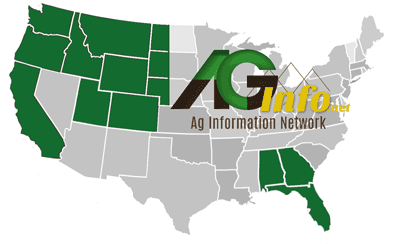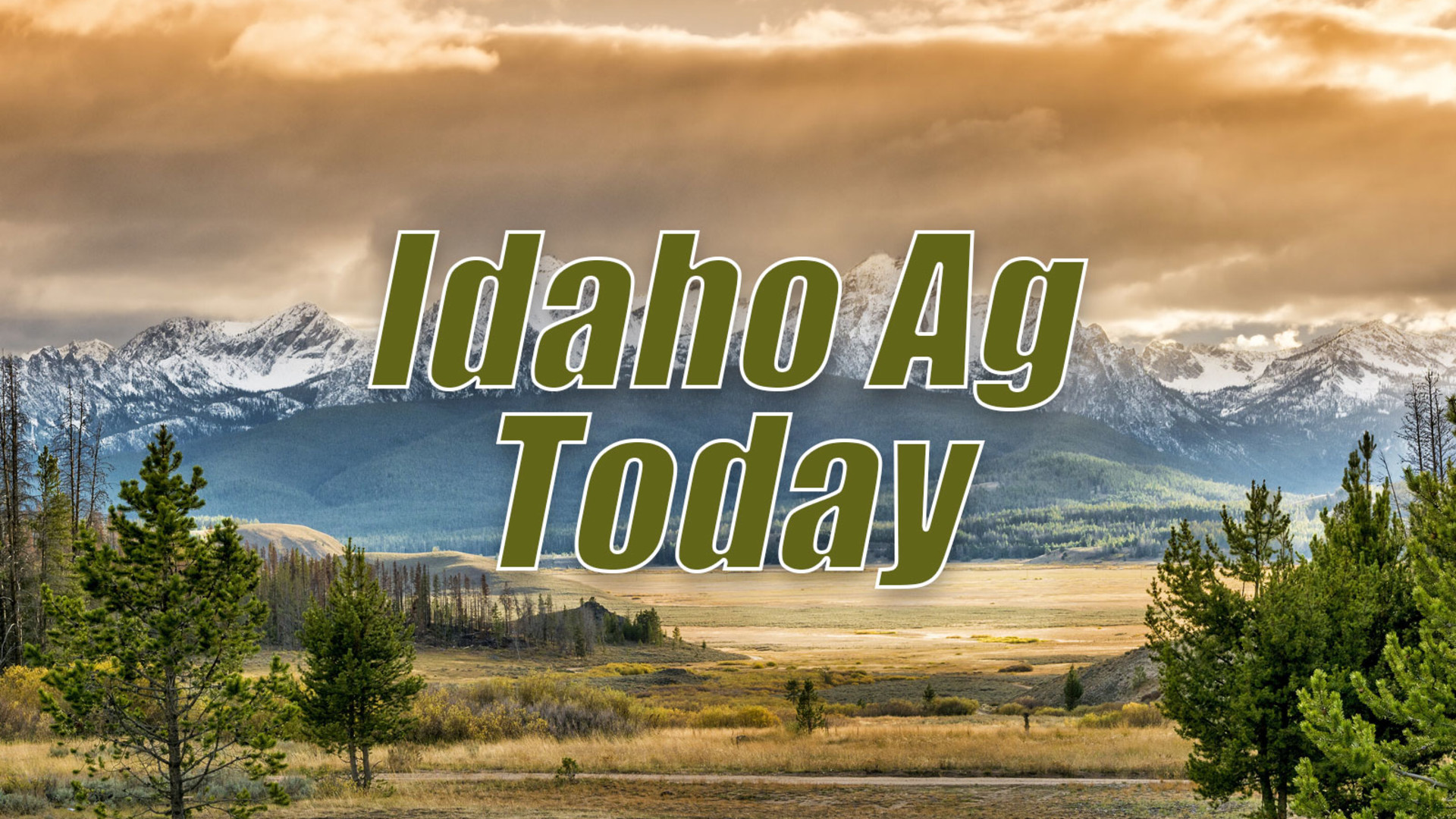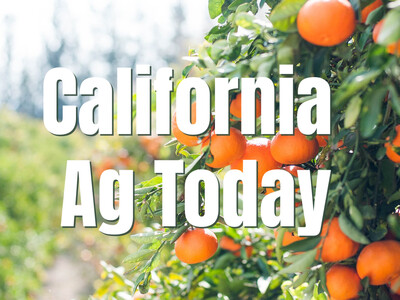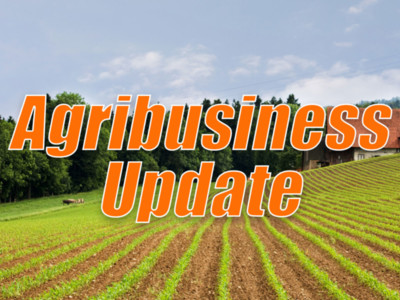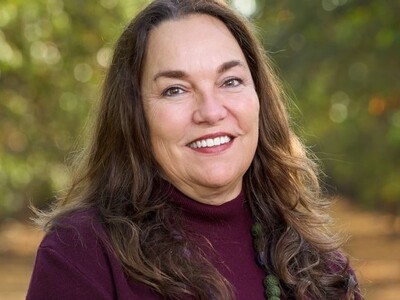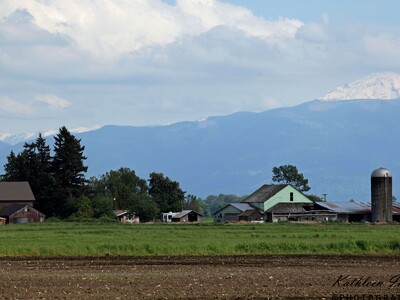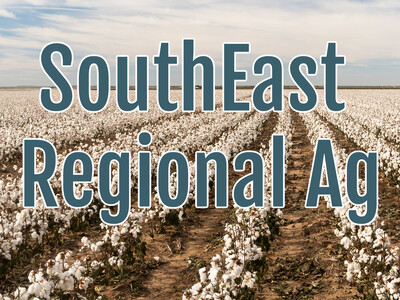Ridenbaugh Canal ramifications
Ridenbaugh Canal Headworks Modernization Project.The earliest parts of the Ridenbaugh Canal date back to 1877. The canal draws water from the Boise River, and on October 14th the Nampa & Meridian Irrigation District broke ground on a $20 million project to modernize the headworks of the canal, to make it safer and more efficient.
“Today, with the groundbreaking for a project that's been several years in the workforce, we're rebuilding the head works to the Ridenbaugh Canal,” said Greg Curtis, Capital Project Manager for the Nampa-Meridian Irrigation District.
“Some of this structure dates back to 1877, Some of it's approaching 100 years old. We've done maintenance on it over the years, but the concrete becomes undermined. There's water seeping under it, so over the past three years we've come up with a plan to replace this structure with another one that takes a lot less manual labor. We can automate the gates,” said Curtis.
“Welcome each of you. We’re appreciative that you've taken the time to join us in our new endeavor of replacing our headworks. Our current one that served us well for about 100 years,” said Donald Barksdale, President of the Nampa & Meridian Irrigation District Board.
“Water and irrigation built this state, and it and it still is, at least my opinion, the most important part of this economy, it’s the backbone of the economy,” said Idaho Water Resource Board Member Brian Olmstead.
“Because there's not a there's not a happy future for Idaho if we don't take care of this water resource and develop it and sustain it and enhance it for future generations,” said Olmstead.
“This project highlights the national importance of investment in water infrastructure,” said Roland Springer, Bureau of Reclamation.
“These types of projects are needed, you know, throughout the state, throughout the nation, and we have to work together to make them happen.,” said Springer.
“This is a project where it's about half state, a quarter local money, and a quarter BOR money. That's the way it should be,” said Idaho Governor Brad Little. “And that's also a good template for the other projects we have going forward,” said Little.
“It's going to require far less maintenance. The structure out there now was built in 1930,” said Curtis. “It requires over 100 check boards to be manually installed. They've got to be pounded down into the riverbed and set, and they got to be readjusted every time the water flows come up or down. I've had the same guys up here as a snowstorm to put boards in or take them out to keep the canal running when it's slick on that deck, and it's a decision I didn't like making.”
“It's got benefits for the river, catchable sized game fish will no longer be able to get into the Ridenbaugh canal once we're completed,” said Curtis.
“We don't have to put as much head pressure or raise the water is high on this side, which you lose water into the banks. So, there's a water savings to be had that others downstream can utilize. The boundary of the district encompasses 69,000 acres. We do not deliver to all those 69,000 acres. Approximate is about 46,000 acres. We still deliver to farms, there’s still a good deal of them, especially in Canyon County. But the way the district has really went with all this urbanization is pressurized irrigation systems. We get water from natural flow from the Boise River, and we have storage in Anderson and Arrow Rock Reservoir as well,” said Curtis.
“This is not just a Nampa-Meridian issue, this is Twin Falls, this is all over the state of Idaho. Everybody has these structures that are approaching or past 100 years.”
“On the high side, we feel confident it should not exceed $20.7 million. We've got that $4.7 million Bureau of Reclamation Water Smart Grant, and the state of Idaho came to us with $10 million, but roughly half the project. And so the district will end up picking up the rest of that, which is about 1/4 of the project,” said Curtis.
“I’d just like to again express our thanks to the Bureau of Reclamation, the state of Idaho, the Water Resource Board for helping with this project. We couldn't have done it alone. There's lots of other entities; ACHD, City of Boise, Trout Unlimited, Idaho Department of Fish and Game. They've all had comments on this project, and we've built a really strong relationship through this project.”
“Hopefully by January of 2027, we are completed with this project. We are confident we've got a structure that will last the next 100 years for the district. This canal is every bit as important as it was back in 1877, when it was first dug by hand. And we're excited to see what the, what the future has for us once this is completed,” said Curtis. “It's good for the district, its’ patrons, the river and everybody downstream from us.”
